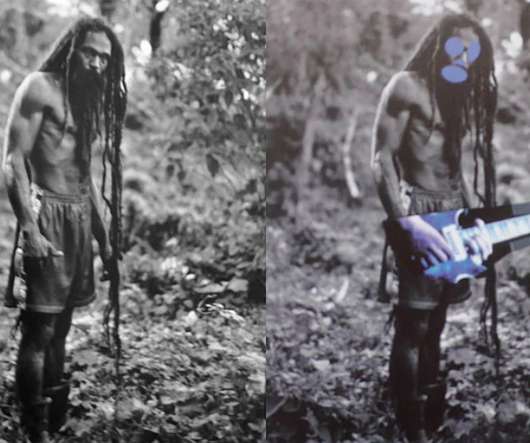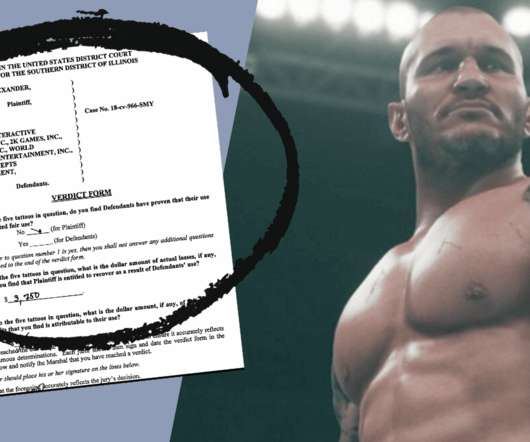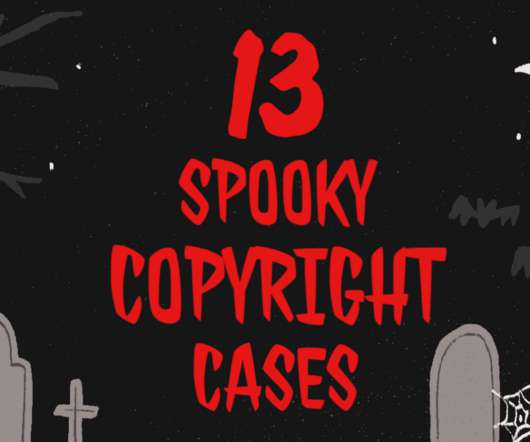Prince, Prince, Prints: Will the Supreme Court Revisit Fair Use?
LexBlog IP
FEBRUARY 28, 2022
A few years later, in 1984, Goldsmith’s agency, which had retained the rights to those images, licensed one of them to Vanity Fair for use in an article called “Purple Fame.” 9] In reaching that determination, the court relied chiefly on the Second Circuit’s 2013 decision in Cariou v. He did just that.















Let's personalize your content